Many companies, when starting out or expanding their operations, often encounter the question of whether to choose new cranes or used cranes when it comes to the procurement of lifting equipment.
The landed price of a crane generally includes the factory price of the equipment, transportation costs, installation fees, hoisting costs, inspection and certification fees, etc. It is advisable to compare the prices of used cranes with new cranes while assessing your own procurement budget.
Due to factors such as span, lifting capacity, lifting height, and site restrictions, second-hand cranes may not easily match the exact specifications, and sometimes it takes time to find them, which may not be so coincidental.
The new crane also requires a certain production time from order start to on-site installation. Generally, a reasonable delivery date is agreed upon based on the span of the equipment and the size of the lifting weight.
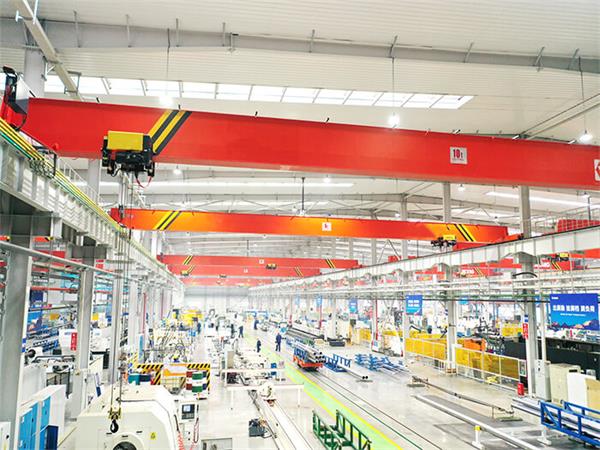
Second-hand equipment needs to be physically inspected to ensure sufficient peace of mind. The determination of span and lifting capacity, the flatness of I-beams, the integrity of the electrical cabinet, the condition of the electric hoist motor and reducer, the completeness of the cables, and the availability of accessories for lifting equipment such as remote controls and limit switches, as well as the completeness of documentation and procedures must be checked.If any of these are lacking, the costs for later procurement should also be considered. Of course, this is not an issue with new equipment, as the factory price generally includes all accessories and configurations.
To summarize, the selection process for new and old cranes generally involves: first, checking if equipment with the required span and lifting capacity can be found. If not, consider new equipment. If available, compare configurations and cost-effectiveness. If the prices and configurations of new and used equipment are roughly similar, we recommend choosing new equipment. If there is a significant cost difference, considering a second-hand crane may be an option.
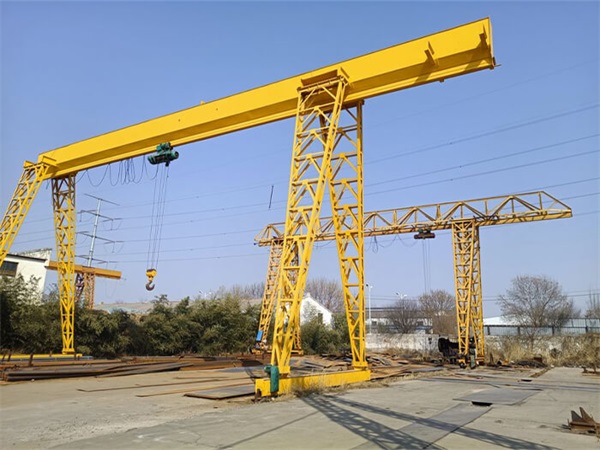
MH type electric hoist gantry crane is used together with CD MD model electric hoists.

L Type electric hoist gantry crane match with CD1/ MD1, HC type Electric Wire rope hoist, to lifting and transporting the heavy materials, mainly use indoors and outdoors.
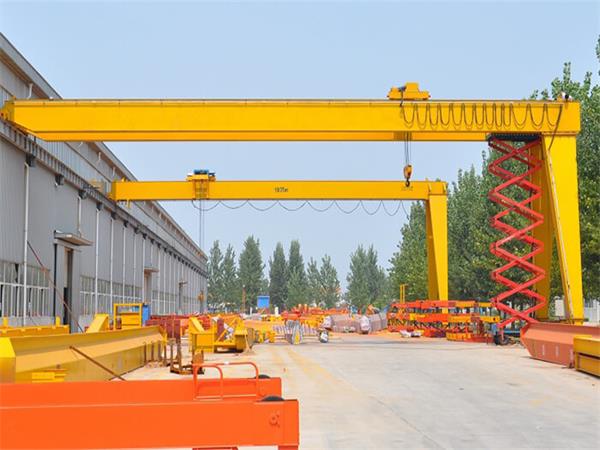
BMH Type Semi Gantry Crane is a bridge-type crane whose bridge is supported on the ground track through outriggers on both sides.

A-type Double Beam Hook Gantry Crane, It is mainly composed of a gantry (main beam, outriggers, lower beam, etc.), a lifting mechanism, a running mechanism and an electronic control part.
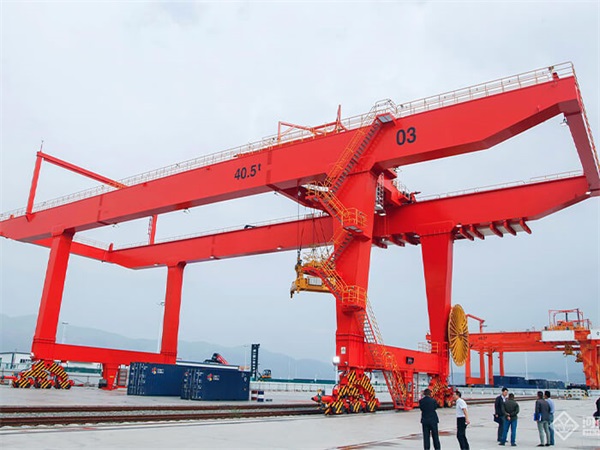
The rail-mounted container gantry crane (English abbreviation RMG) is one of the special machines for container yards.

MZ Type Double-beam Grab Gantry Crane are mainly used in conjunction with bridge cranes, port cranes, and winches. They are widely used in ports, power plants, docks, chemical industries, etc. to grab various types of loose accumulations, such as ore, coal, slag, etc.
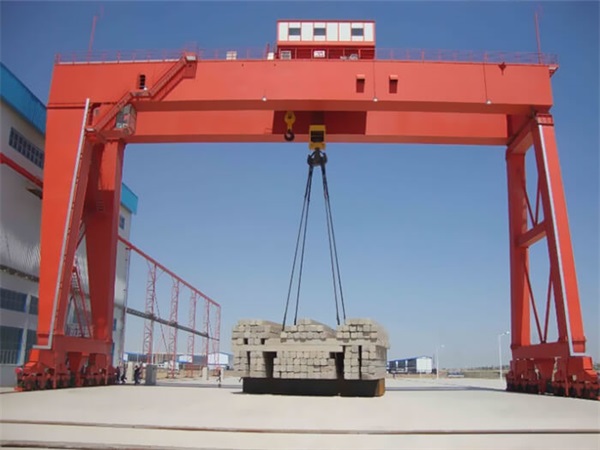
Winch Gantry Crane are used in open warehouses, windy areas, material stocks area, bridge building, concrete industry, cement plant, granite industry, construction industry, engineering industry, port, transportation, construction, dockyard, and other building sites for lifting and loading unloading objects.
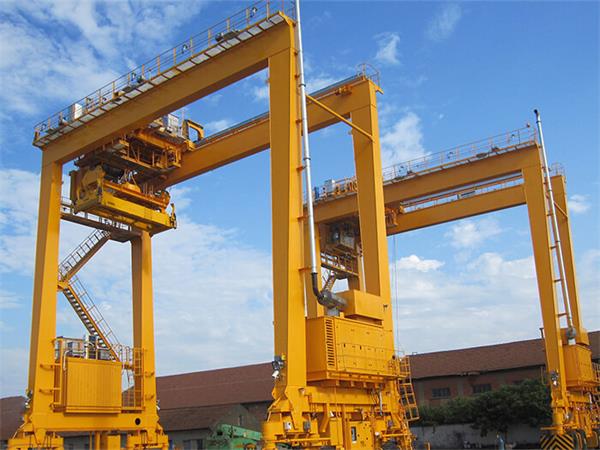
U Type Subway Turn Slag Hook Gantry Crane also known as subway slag flipping machine, slag flipping gantry crane, slag flipping gantry crane, etc., is a specialized gantry crane used for excavation in subway and tunnel construction projects.
We design cranes that meet your needs. Whether you need to increase safety, maximize production capacity or reliability, or reduce costs, we deliver.